A Sedge Gone Nuts – Nutsedge
A Sedge Gone Nuts – Nutsedge
By the Site Ecology Team (SET)
August 2, 2016

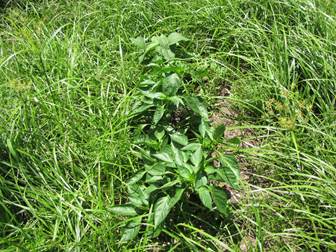
You can visit any US Post Office to see pictures of our most notorious villains, but where are the most despised and despicable weeds visible? Could that place be in your yard or garden? Maybe you could be aiding and abetting some of the worst plants known to the landscape and not realize it? - plants like yellow nutsedge, crabgrass, or goosegrass. Yes, you may be guilty by association or neglect. If you live on the ground and are involved in dirty activities then you probably know what I mean. Every plant should have its place, but not necessarily in your collection.
A local example, please. After you mowed your fescue or Bermuda grass lawn and weeded the shrub bed, you may have paused a moment to reflect on a job well done.
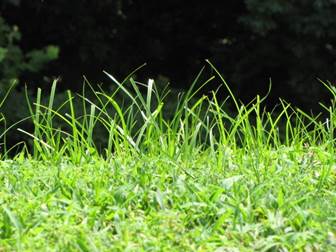
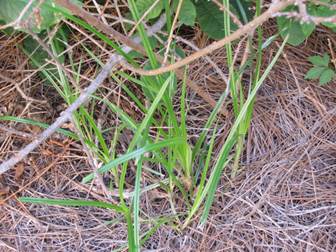
Then a few days later, over this fine yard, appeared sprigs that are taller, coarser and lighter colored than the rest of the yard. Yes, you may have (dare we say it) yellow nutsedge. You are face to face with one of most despised yard plants encountered by man.
What is nutsedge? Unlike crabgrass and goosegrass, which are true grasses, yellow nutsedge is a sedge, characterized by having three-sided or triangular stems. It is a native of North America and can be found all over the world. It is an aggressive and difficult to control perennial.
Where does it grow? Being very adaptable, it can become established in most cultivated areas, in irrigated or moist/wet areas, and then gradually move into more arid areas of the landscape.
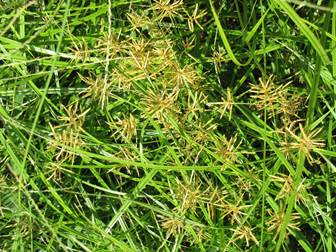
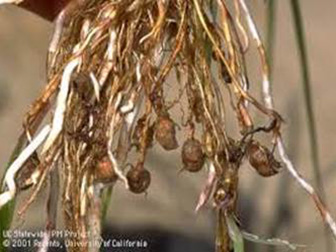
Photo courtesy of ncsu.edu
How does this plant spread? The seeds can be scattered by mowing or weeding, incomplete composting, self mulching, and by birds and small mammals. The nutlets or tubers that develop at the end of rhizomes can be spread by cultivation and quickly make new plants. Gardeners, who have put nutsedge into their compost pile, may reap an undeserved harvest of these plants as they spring forth from the seeds and nodules that weren’t killed in the composting process.
How do you combat this plant? Pull up the plant as soon as it appears. Good luck, for if the ground is firm, the nutlets and rhizomes, some of which may be 12” underground, will remain buried. By waiting until after a good rain and loosening up the ground, there is a better chance of removing most of the nutlets with the main plant. Before tossing plants into the trash, consider that the nutlets are edible with a slightly sweet, nutty or almond-like flavor. Go ahead and do it, for they deserve what’s coming to them. The plants at The Frontier, although large, didn’t have well developed tubers so there was no chance to evaluate.
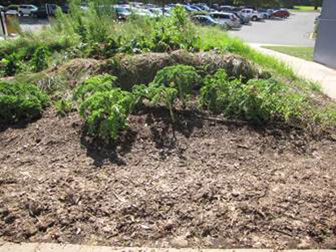
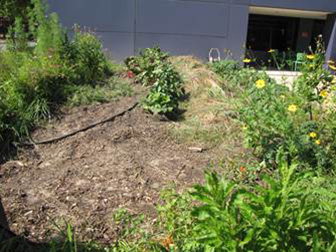
If you’ve tried the manual approach without much success or the area is too large for this approach, then a good flame thrower might be called for. Commercial products are available, but use with care and according to manufacturer’s instructions, especially around edible plants and pollinators.
As is often stated: “Two rules of winning the war on weeds are consistent effort and getting an early start.” We’ll add one more rule and that is “perseverance”.
Resources
- Yellow Nutsedge
- Special thanks to The Frontier Management
- Pictures courtesy of Bill Willis, NIEHS



